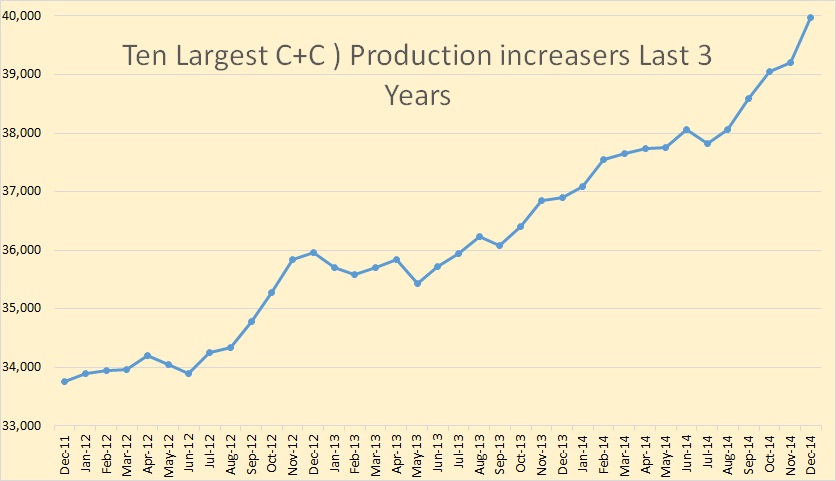Recent developments are beginning to undermine the supremacy of the world’s long-running energy information duopoly and its perennially optimistic narrative. Policymakers, investors and the public should take heed.
Until now most energy price and supply forecasts and analyses were based predominately on information from the globe’s two leading energy information agencies: the U.S. Energy Information Administration (EIA), the statistical arm of the U.S. Department of Energy, and the International Energy Agency (IEA), a consortium of 29 countries originally formed in response to the 1973-74 Arab oil embargo to provide better information on world energy supplies to its members.
Both agencies provide forecasts that are publicly available and widely covered in the media. What’s not apparent is how dependent private forecasts issued by the energy industry and financial firms are on the work done by these agencies.
These agencies are able to bring to bear substantial financial resources and large dedicated staffs of statisticians, economists and other specialists focused solely on gathering and analyzing energy data across the world. Few organizations–except perhaps the major international oil companies–are able to muster such resources to monitor world energy. And, the major international oil companies make little of their analysis public. For policymakers and the public, the EIA and IEA have been the go-to sources for presumed-to-be objective energy information.
…click on the above link to read the rest of the article…















